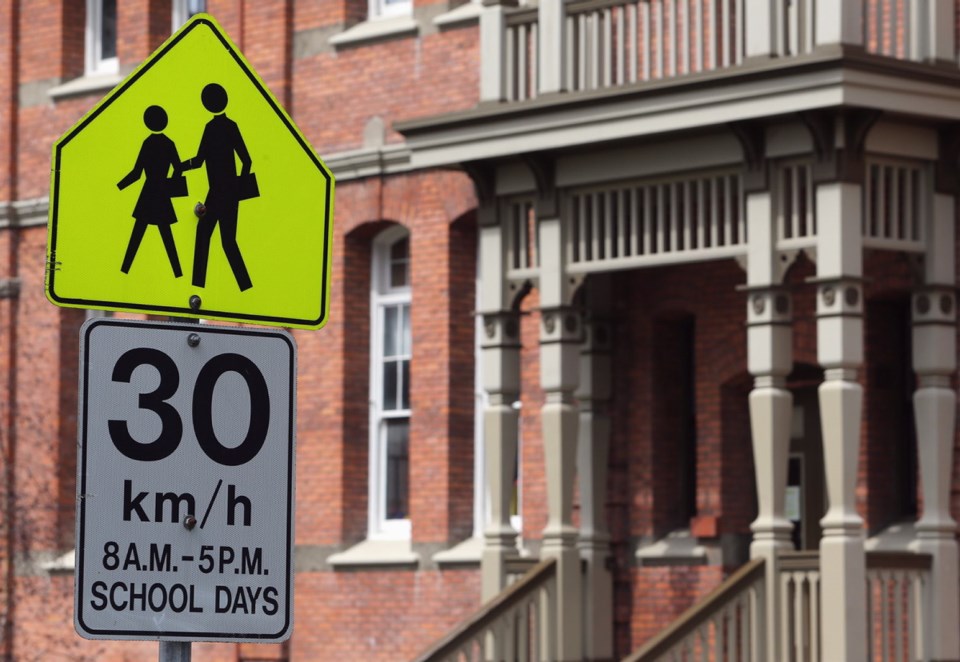A commentary by an elementary school teacher in Victoria.
I read Ian Cameron’s commentary — “B.C.’s education system no hotbed of systemic racism,” July 6 — with interest and would like to offer my own perspective as a Chinese-Canadian educator who was born and raised in British Columbia.
My four siblings and I attended school in the Kootenay and the Lower Mainland from the 1970s to the 1990s. Racism was so prevalent at school that we rarely spoke of it to each other, taking it for granted as part of our everyday reality.
Like the furnishings in a room, it was pointless to talk about something that was always there. Only recently, during the modern discourse on “systemic racism,” are we becoming self-aware enough to reflect on our experiences and articulate how it felt to be always treated and viewed as “lesser than.”
In the 1970s and 1980s, popular rhymes in our grade school were blatantly racist. After hearing these ditties chanted for fun in the schoolyard, we repeated them at home, internalizing the racism.
Although bullies occasionally directed racial slurs at us, rarely were people intentionally unkind to us specifically because we were Asian; however, ignorance was rampant.
When a new student from China moved to town, my classmates assumed he had to be some sort of relation, or at least my boyfriend. As for my sister, in high school she volunteered as manager of a school store called “Rocky’s Den,” and her Chinese ethnicity was enough to spark rumours that she ran an opium den.
Our teachers were generally better at hiding their racial bias, but my siblings and I could still detect it in our gut in many instances.
My gym teacher constantly mixed up my name with another girl in my class who looked nothing like me, except that she was also Asian.
In Grade 12 (mid 1990s), my brother happened to sit near some new immigrants from Hong Kong, and although he had read his essay out loud several times in class, was given only 25 per cent for participation on his report card, with the suggestion that he should move away from the “friends” that he had never actually spoken to.
Teachers in high school knew that their students had nicknamed my sister Sushi because of her ethnicity and thought it was funny.
Cameron takes issue with the use of the term “systemic racism” to describe the B.C. school system, stating that teams of educators have interviewed students of visual minorities who rarely complain about racism.
To be honest, if my siblings and I had been asked to take that survey as high school students, I doubt that any of us would have accused our school of “systemic racism.”
There was never any overtly racist incident that we could pinpoint; we had only a lifetime collection of uncomfortable moments that added up to an internalized sense of not measuring up to our white peers.
We couldn’t blame this only on school; it was the world around us. Growing up, we idolized white celebrities and felt inferior for being so unlike them, having never seen Asians starring in a sexy or heroic role. People of colour rarely existed in the books we read, and never as the protagonist.
As an educator recently trained in the new B.C. curriculum (2015-2016), I acknowledge that the Ministry of Education has been striving to evolve with the times since the ’80s, providing funding, resources and professional development to support multicultural and Indigenous learning.
However, racism is a social ill so pernicious and insidious that it is really not enough as an educator to “not be racist,” but to strive toward anti-racism, actively teaching that although we have advanced somewhat on the path toward enlightenment, we are still on the continuum.
We have not yet arrived. As a teacher, I feel a great responsibility to talk openly about my experiences to my students, and to ensure that the minorities in my classroom — whether they are Indigenous, gender non-conforming, differentiated learners or a visible minority — understand that it is unacceptable to feel “lesser than,” as my siblings and I did.



